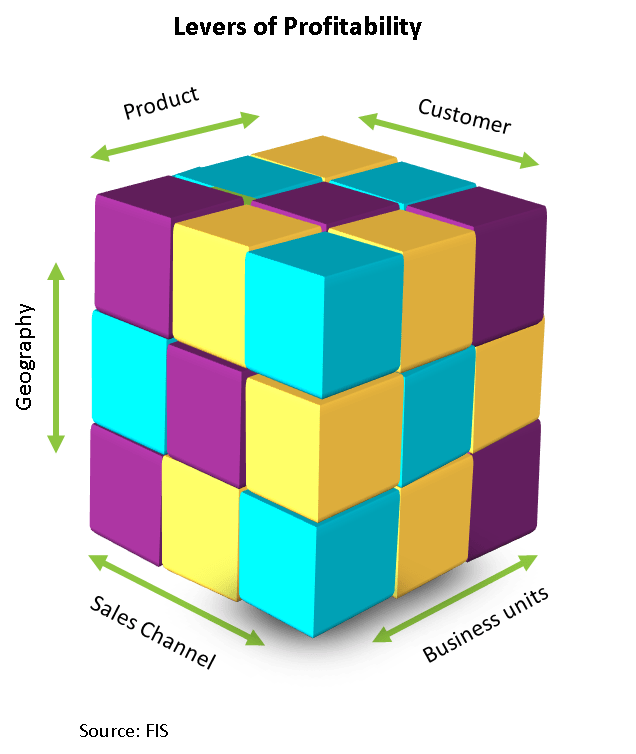Gauging Product Profitability: Don’t Let Intuition Stand in the Way of the Truth
March 12, 2019
“My A&M ‘aha moment’ happened in 1998. I was leading a small team advising a kitchen appliance maker that was convinced their largest retail customer was their least profitable. We built a robust and compelling customer and SKU profitability model that convinced the client otherwise. A&M instilled in me the discipline of taking data and turning it into actionable information as well as the importance of doing the groundwork and not walking in with preconceived ideas.”
David Coles, A&M Managing Director
Without a robust profitability model, companies have nothing but sales, margin and intuition to gauge product performance. The trouble is that sales and margins don’t tell the whole story and intuition often fails us. Data is what tells the truth.
This fourth blog in a series focused on developing, launching and evaluating products builds on my previous article: Six Steps to Enable a Successful Product Launch.
Look beyond the margins
When a product’s margins are thin, companies must decide whether to keep it in the portfolio. Without a holistic evaluation, including assessment of costs and risks associated with sunsetting a product, however, companies cannot make a truly informed decision. If the most profitable customers love a product, then a company needs to evaluate the risk of migrating clients to a more profitable product against continuing the product as a loss leader to capture other, more profitable business.
Alternatively, the product may generate a huge amount of revenue for a company whose market performance is based on sales growth. Until revenue can be replaced, the company has little choice but to retain the product and look for ways to change its business model to make it profitable.
Look at multiple dimensions
The most difficult part of determining product profitability is assembling the necessary data inputs into one database – such as a massive Excel pivot table – to examine relationships between five levers of profitability and the financials, including margins:
- Every product
- Every customer
- Geographies into which the product is sold
- Sales channels employed
- Business units to which the product reports
- Financials, including margins

A typical process begins with:
- First, sorting products by profitability
- Examining all of the customers who have the product and how profitable they are overall to the company
- Looking at the impact of the product on the top and bottom line for the business unit
Look for fact-based decision making regulated by judgement, not intuition
The results of analyses should inform, not replace, human judgement.
Other questions to consider before beginning the long and painful process of sunsetting a product include:
- Is the current revenue model appropriate? For example, should a recurring revenue model be adopted?
- Does the product have a gap that prevents it from reaching adequate market share? Can it be filled and at what cost?
- Is the incentive program for sales people appropriate? Incentives based on profitability, not just revenue, are often the fastest way to improve product margins.
- Are there operational inefficiencies that are creating a margin problem? For example, are too many people assigned to an unprofitable product? What activities can be outsourced to improve margin?
Measuring product profitability is not a “one and done”
Companies that develop a repeatable process and feed data into their model monthly save themselves from the pain of again starting from scratch. They also benefit from regular assessment of product profitability, which can help drive long-term strategy as well as flag problems early on to enable quick course correction.
- Topics:
- Digital transformation
